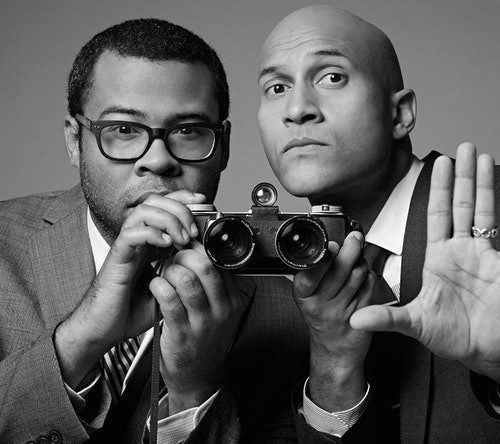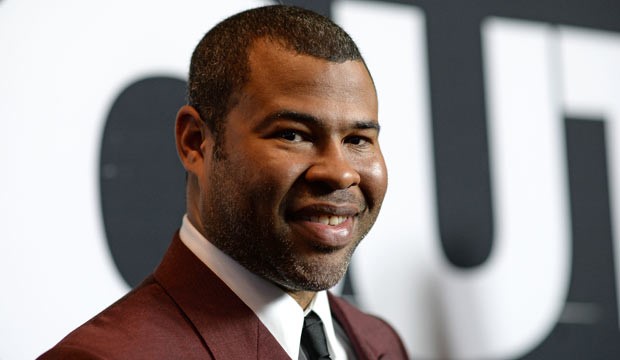If the last few years proved anything, it’s that representation matters. Millennials can be defined as the generation that noticed injustice with sources of media that seemed to be rigged against them, especially minority millennials.
Drastic changes to minority representation in mass media productions have been made over the last few years, and one of the main figures who now leads this revolution is producer and director Jordan Peele.
The 38-year-old is well-known for writing and directing “Get Out,” an Oscar-nominated allegory for racism. The movie, however, is not the first time he addressed race issues through a mass media platform that millennials, especially those of color, have continued to struggle against.
Peele costarred in a sketch comedy TV show with fellow writer and producer Keegan-Michael Key called “Key and Peele” where many of its sketches provided a little comedic relief to race issues and addressed important aspects of racism that need immediate change.
Each of these productions portrays racism through different genres and uses different creative techniques. Peele’s productions represent how artistic approaches are valuable in social justice efforts.
This effort for better representation also includes addressing the injustice within artistic media. The only nomination in the 75th Golden Globes for “Get Out” was for Best Picture, Comedy or Musical, which sparked outrage for audiences that felt empowered by the central theme of the movie.
When asked about the degrading nomination, Peele said, “What the movie is about is not funny. I’ve had many black people come up to me and say, ‘Man, this is the movie we’ve been talking about for a while, and you did it.’ That’s a very powerful thing. For that to be put in a smaller box than it deserves is where the controversy comes from.”
Fans of “Get Out” saw the nomination as a lack of recognition from the academy, which is known to be rooted in racism. By being in a position of power for this film, Peele not only expanded the boundaries of how race should be represented in media but he was able to confront the flaws of the media platform where realistic portrayals of social injustice can take place.

In “Key and Peele,” comedy sketches were used to portray racism. For example, there’s a sketch where a black man wearing a hoodie played by Jordan Peele is walking through a predominantly white neighborhood. A white mom is shown telling her kids who are playing in the front yard to get inside.
A white man next door is shown stopping in the middle of mowing his lawn staring at Peele’s character threateningly as he walked past. The sketch finished with a white police officer driving slowly next to Peele’s character to see if the man in the hoodie looked like a threat.
As the police car got close enough to Peele’s character, Peele pulled up the hoodie to reveal an image of a white man’s profile on the side of it.
When the white officer thought the man was white, he drove away. Sketches like that one use comedy to address an issue of modern racism. Comedy allows for exaggerated yet realistic portrayals. “Key and Peele” won a Peabody Award and two Primetime Emmy Awards.
Peele accomplished something slightly different with “Get Out” where he highlighted the horrors of being black in America. While providing representation for black audiences who have experienced racism, he also addressed a realistic issue using film and writing techniques to make audiences figure out its symbolism.
As mentioned before, the film was an allegory where audience members were forced to make sense of certain situations and how they relate to racism. For example, there’s a scene where the white girlfriend of the black victim of racist horrors sits with a laptop looking through a Google image search of black men, possibly searching for her next victim.
https://www.youtube.com/watch?v=L3HwLyRIz5w
This scene could be interpreted as a metaphor for the very real situation where racist white women aim to date black men just because they’re black. Peele’s use of the horror genre flips the generic yet racist horror movie script where black characters are used as tokens to claim diversity but are one of the first characters to be killed off.
Besides the horror genre, “Get Out” uses white stereotypes and exaggerates them for its white characters, just like films would do for characters of color. “Get Out” portrayed modern racism through characters that didn’t fulfill stereotypes used by white people to entertain white people.
The film confronted modern racism, addressed institutionalized racism in the film industry and empowered those who admired Peele’s production. Jordan Peele represents the continuous struggle millennials face and are trying to fix. He represents the artistic medium social justice can be accomplished through as well as the lasting impact art can have for social change.
Peele has paved the way for future minority directors, writers and actors to expose injustice in a revolutionary way.

















